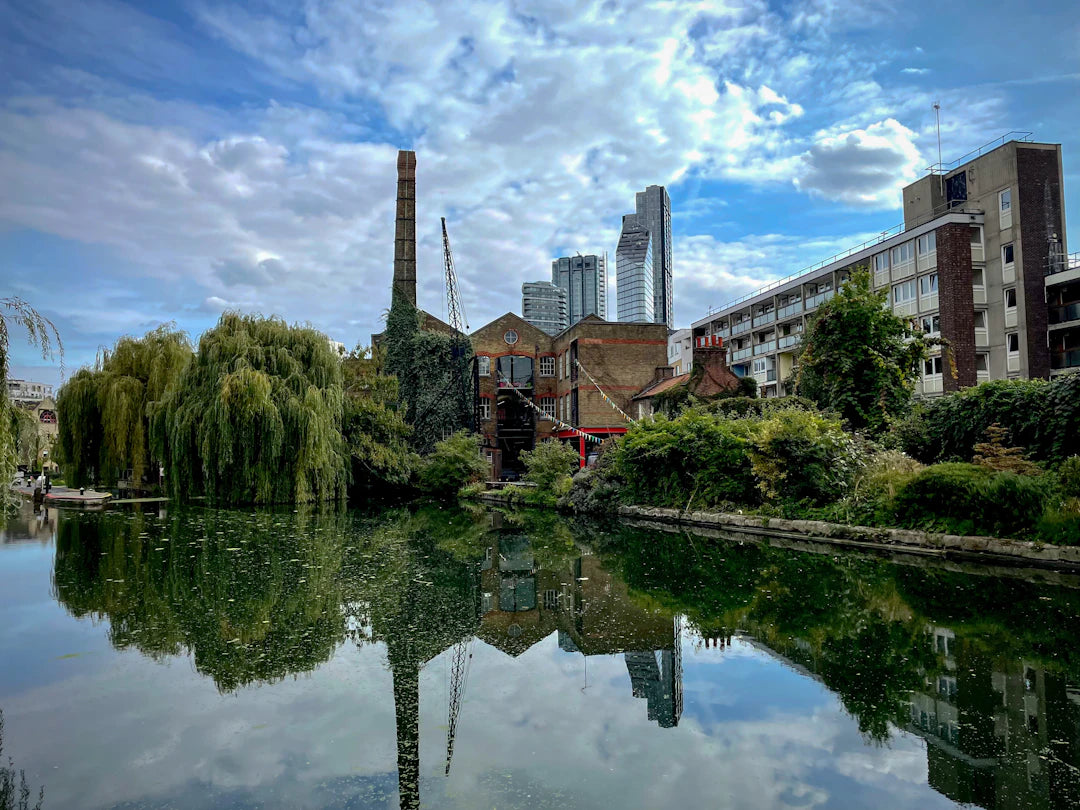
The Environmental Impact of Perfume Duplication
Frequently Asked Questions
1. What is perfume duplication?
2. What are the environmental impacts of perfume production?
3. How can consumers reduce their environmental footprint when purchasing perfumes?
4. What ethical concerns are associated with perfume duplication?
5. How can consumers make informed choices in the fragrance market?
The fragrance industry is vibrant, alluring, and unfortunately, one with a significant environmental impact. As consumers become more aware of sustainability practices, the focus on the environmental footprint of perfume production has been magnified. Among the growing trends in this industry is the phenomenon of perfume duplication, particularly popular in the UK market with offerings such as the Golden Rush Amouage dupe and other best dupe perfumes. This article explores the implications of perfume duplication, diving deep into its environmental repercussions and how consumers can make more informed choices.
The Rise of Perfume Duplication
Perfume duplication refers to the practice of creating fragrances that mimic the scent of high-end designer perfumes but are available at a fraction of the cost. This trend has gained considerable traction, especially among budget-conscious consumers who desire luxury scents without breaking the bank. This increase in demand has led to a proliferation of cheap alternatives in the market, particularly in the perfume dupes UK scene.
Understanding the Production Process
The production of perfumes—both original and dupes—often involves the extraction of raw materials that contribute to a fragrance's unique scent. These materials can include natural ingredients like flowers, herbs, and essential oils, as well as synthetic compounds. In duplicate perfumes, companies may use similar processes to achieve a scent that closely resembles its expensive counterpart. However, the sourcing and production methods can vary significantly.
Environmental Impact of Raw Material Sourcing
The first environmental concern regarding perfume duplication lies in the sourcing of raw materials. Many luxury fragrances use natural ingredients, which often require extensive agricultural practices to produce. For example, the cultivation of exotic flowers used in high-end perfumes can lead to land degradation, water consumption issues, and a loss of biodiversity. These environmental effects are further compounded when duplicates are produced at a high volume.
Carbon Footprint from Manufacturing
Manufacturing processes for perfumes contribute to greenhouse gas emissions. While some dupe manufacturers may capitalise on cheaper production methods to reduce costs, these practices can also mean less stringent environmental regulations are followed. The cutting of corners may lead to increased pollution levels, contributing to environmental degradation. Production lines using harmful chemicals can release toxins into the atmosphere, impacting not only the earth but also the health of surrounding communities.
Packaging: The Unsung Villain
Another often-overlooked aspect of the environmental impact of perfume duplication is packaging. The beauty and fragrance industries are notorious for their excessive use of plastic and glass packaging. While many luxury brands opt for luxurious bottles and intricate packaging as part of their marketing strategies, dupes typically follow suit to attract consumers visually. This leads to a significant increase in the use of non-biodegradable materials.
Recycling and Waste Management Issues
Once consumers finish a bottle of perfume, the disposal of its packaging plays a considerable role in its overall environmental impact. While glass can be recycled, not all consumers are aware of proper recycling practices. Moreover, many of the materials used in fragrance boxes and labels are not recyclable. Such practices contribute to the growing waste in landfills, which could take centuries to decompose.
In contrast, choosing brands that utilise environmentally-friendly packaging can mitigate this negative impact, fostering a more sustainable future in the fragrance world.

The Ethical Considerations of Duplication
Beyond environmental concerns, the ethics of duping high-end fragrances raise questions about intellectual property and creativity. Originals often reflect years of research, artistry, and investment. When a dupe is created, it diminishes the original creator's work. Consumers need to weigh the costs and benefits of these products. Are we inadvertently supporting unethical production practices by purchasing dupes, even if they seem more accessible?
Finding a Balance
As consumers, we can take charge of our decisions by seeking brands with transparent sourcing practices and ethical production methods. Some companies produce perfumes with environmental consciousness in mind, leading the way towards sustainability. Words such as “eco-friendly” and “sustainable” can become guiding principles beneficial for both consumers and the environment.
Easy Steps to Reduce Your Environmental Footprint
With the popularity of products like the Golden Rush Amouage dupe and various best dupe perfumes, it’s crucial for consumers to align their choices with their values. Below are some practical steps to consider that can help reduce your environmental footprint in the fragrance realm:
- Invest in Refillable Bottles: Opt for brands that offer refillable options, drastically cutting down on packaging waste.
- Choose Eco-Friendly Brands: Research brands that prioritise sustainable practices and ethical sourcing of raw materials.
- Avoid Overconsumption: Before purchasing a new fragrance, consider whether you truly need it. Minimising impulse buys helps reduce waste.
- Participate in Recycling Programs: If your chosen brand offers a recycling initiative, take part. Recycle your bottles appropriately.
- Buy Concentrated Versions: Some perfumes come in concentrated forms that require less volume per use, reducing the frequency of purchase.
Shifting the Culture Around Perfume
Understanding the environmental impact of perfume duplication encourages a broader conversation about fragrance culture and consumer behaviour. By fostering awareness around environmentally friendly practices and encouraging responsible consumption, we can pave the way toward a more sustainable fragrance industry.
Educating Future Generations
As we navigate this nuanced issue, it's essential to educate younger generations about the importance of sustainable choices in the beauty and fragrance industries. Teaching the next generation the significance of responsible consumption, the pollution generated by wasted products, and the plight of ecosystems affected by unsustainable practices can create proactive consumers of tomorrow.
Make Informed Choices in the Fragrance Market
With an array of options available—from luxurious perfumes to economical dupes—it's essential to develop an informed approach towards fragrance purchases. Considering emerging sustainability trends, consumers should not feel limited. Understanding the implications of choosing a Golden Rush Amouage dupe or opting for the best dupe perfumes can be pivotal in making eco-conscious decisions.
A Call to Action for Conscious Consumerism
The journey towards sustainability in the perfume industry starts with individual choices. As consumers, our actions can influence market trends, encouraging companies to adopt more environmentally friendly practices. By advocating for responsible sourcing, ethical production, and minimal waste, we can combat the adverse effects associated with both luxury fragrances and their dupes.
The next time you reach for that hypnotising scent, take a moment to reflect. Is it truly worth the environmental cost? By making informed choices, we can pave a more sustainable path while still indulging in the fragrances we love. Your voice matters. Use it wisely and champion sustainability in the fragrance industry.


Zostaw komentarz
Ta strona jest chroniona przez hCaptcha i obowiązują na niej Polityka prywatności i Warunki korzystania z usługi serwisu hCaptcha.